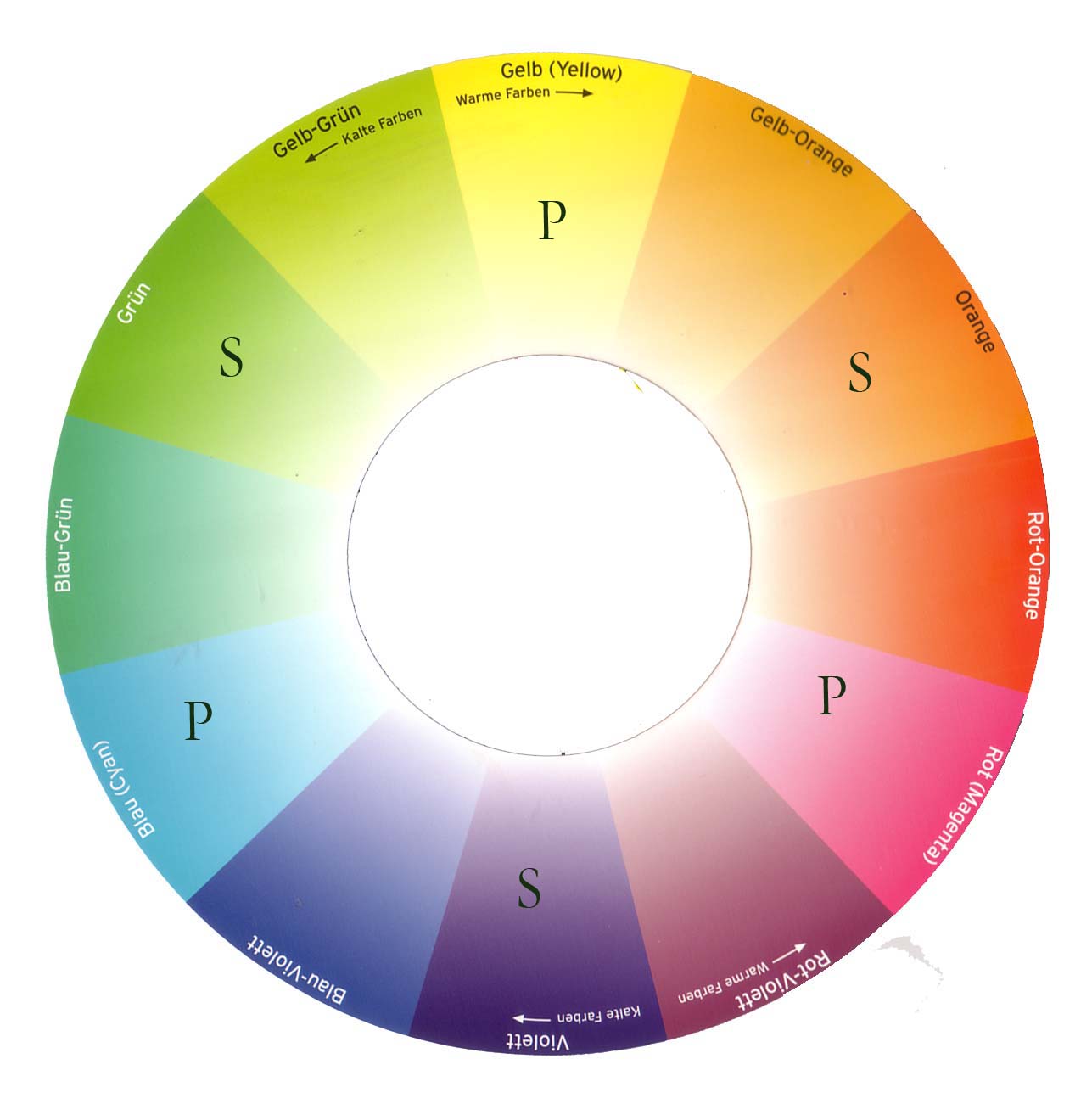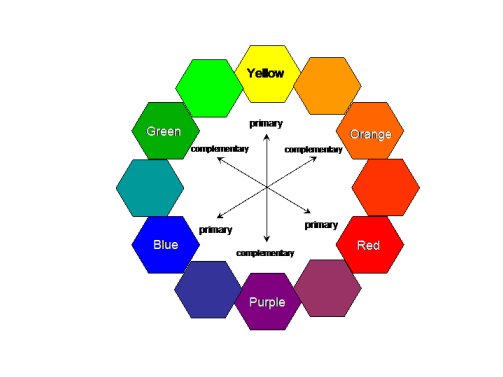
The same holds true for the other complementary colors. The opposite is also true – mix blue into orange to create a muted orange. So, if you want a muted blue then you would mix some orange to it. Mixing two complementary colors together will mute your color. I have examples of how this applies to real paintings at the bottom of the article. Learn more about Newton's color circle at: Munsell ColorĪrtists use a traditional color wheel based on the Red/Yellow/Blue model with secondary colors of orange, green and purple.So, if you ever want to emphasize something in a painting – then use two complementary colors next to one another. The color wheel is an invention credited to Sir Isaac Newton (1706). Nine-part harmonic triangle of Goethe begins with the printer's primaries the secondaries formed are the painter's primaries and the resulting tertiaries formed are dark neutrals.Ĭontinue tutorial, view: Complementary Colors "All colors are the friends of their neighbors and the lovers of their opposites." - Marc Chagall For Further Review The primaries are magenta, cyan, and yellow. The Printers' color triangle is the set of colors used in the printing process. The primary hues are red, blue and yellow. The Painter's color triangle consists of colors we would often use in art class-those colors we learn about as children.


The color wheel can be divided into ranges that are visually active or passive. Tertiary Colors: Those colors achieved by a mixture of primary and secondary hues.Ĭomplementary Colors: Those colors located opposite each other on a color wheel.Īnalogous Colors: Those colors located close together on a color wheel.

Secondary Colors: Those colors achieved by a mixture of two primaries.

Primary Colors: Colors at their basic essence those colors that cannot be created by mixing others. Begin a color wheel by positioning primary hues equidistant from one another, then create a bridge between primaries using secondary and tertiary colors. A color wheel (also referred to as a color circle) is a visual representation of colors arranged according to their chromatic relationship.


 0 kommentar(er)
0 kommentar(er)
